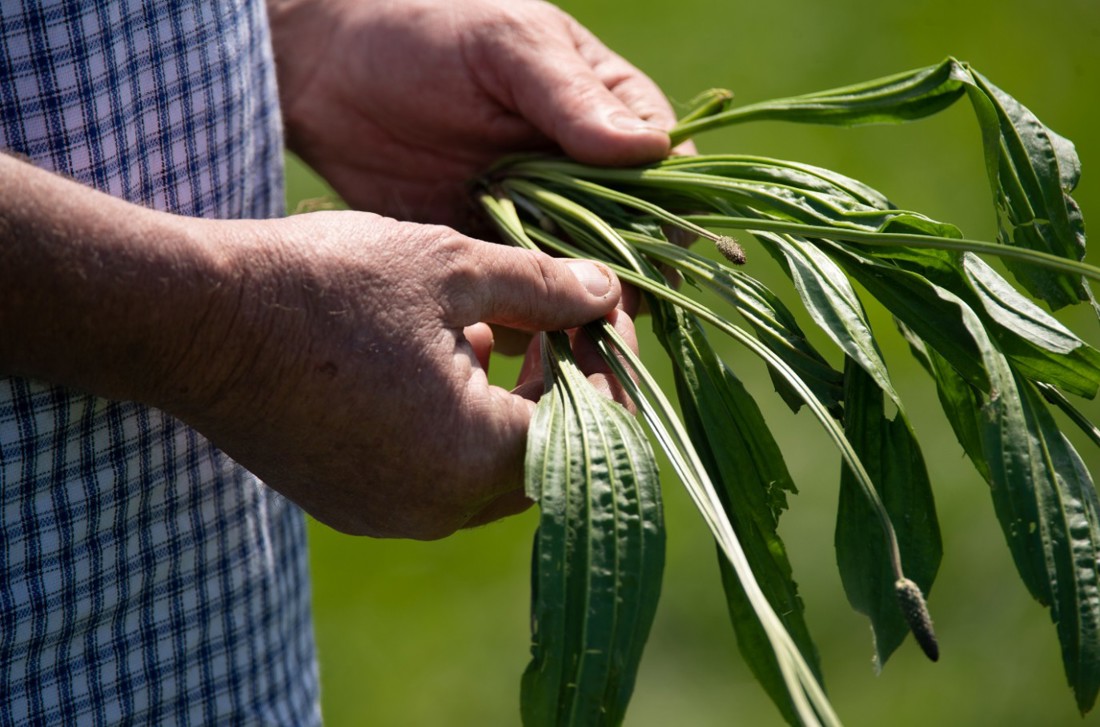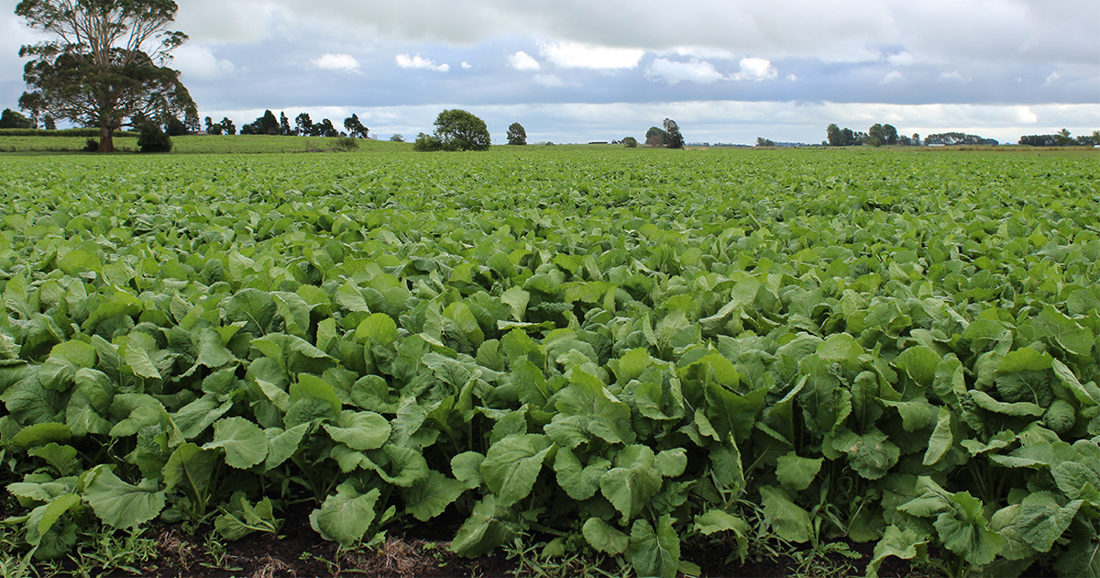Crops
Information about growing different types of crops on your farm, wintering, and forages that reduce nitrate leaching.
Total results 14
Total results 14

The Plantain Evaluation System reviews how effective different plantain cultivars are at reducing nitrate leaching. This system helps you and regulators trust the performance of those cultivars deemed "effective" at this task.
2 min read

The Plantain Evaluation System reviews how effective different plantain cultivars are at reducing nitrate leaching. This system helps you and regulators trust the performance of those cultivars deemed "effective" at this task.
2 min read

Swedes serve as winter feed for livestock. They thrive best in cooler, moist conditions and dislike waterlogged areas and dry spells. For best growth, avoid soils that are either too light and drain quickly or too dense and retain too much water.
4 min read

Swedes serve as winter feed for livestock. They thrive best in cooler, moist conditions and dislike waterlogged areas and dry spells. For best growth, avoid soils that are either too light and drain quickly or too dense and retain too much water.
4 min read

Turnips are a brassica root crop used in dairy farming to bridge summer feed gaps and boost milk production. They can be planted from spring to winter, depending on the variety.
8 min read

Turnips are a brassica root crop used in dairy farming to bridge summer feed gaps and boost milk production. They can be planted from spring to winter, depending on the variety.
8 min read

The purpose of a catch crop is to increase annual dry matter production, to take up soil mineral and urine nitrogen and to reduce the risk of leaching or runoff.
5 min read

The purpose of a catch crop is to increase annual dry matter production, to take up soil mineral and urine nitrogen and to reduce the risk of leaching or runoff.
5 min read